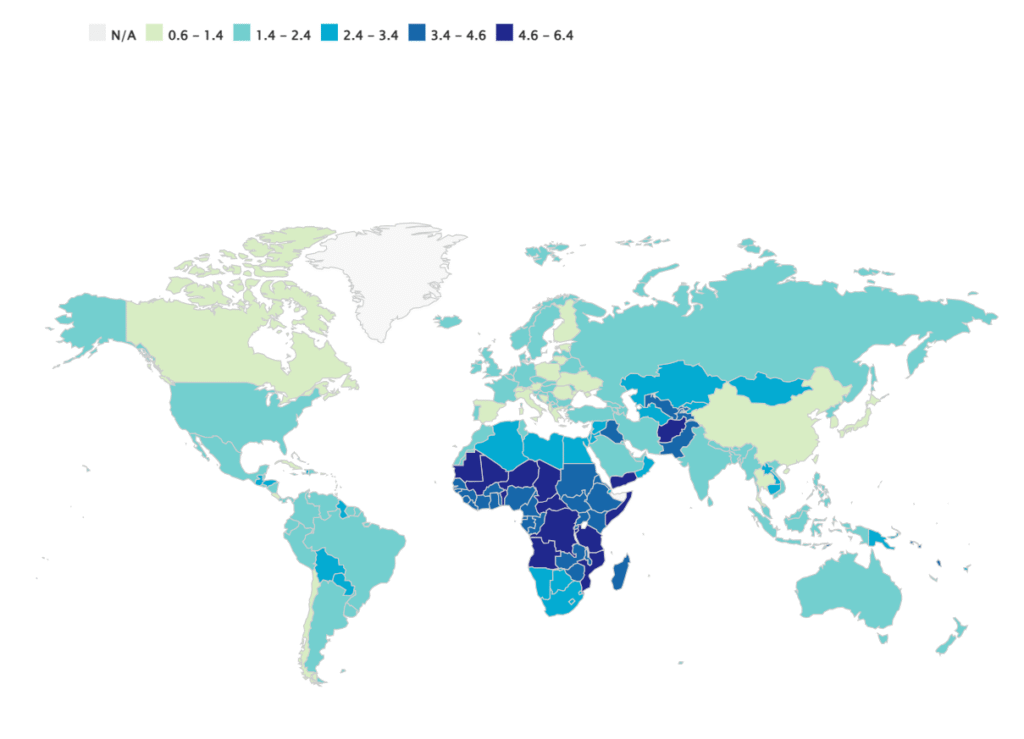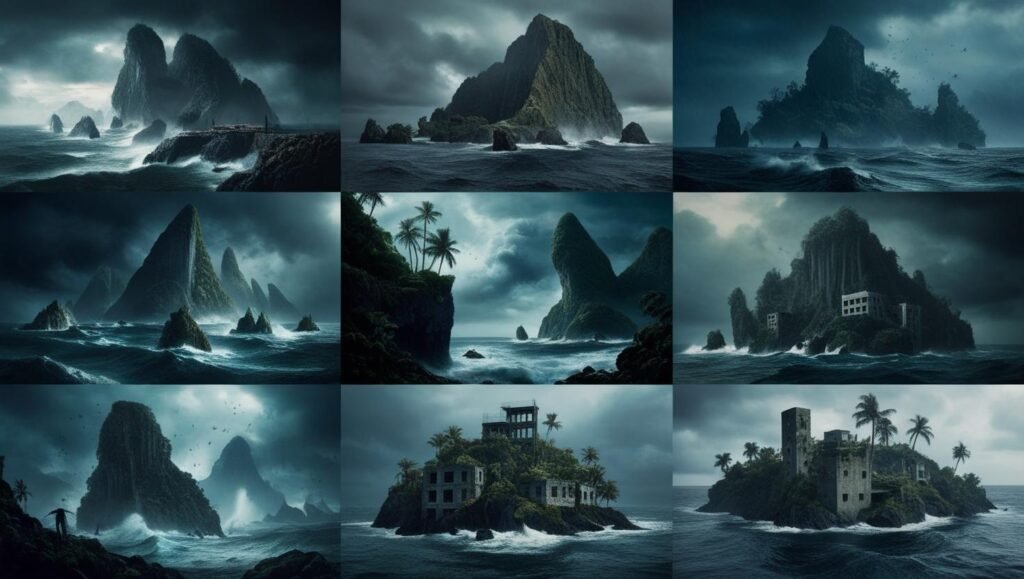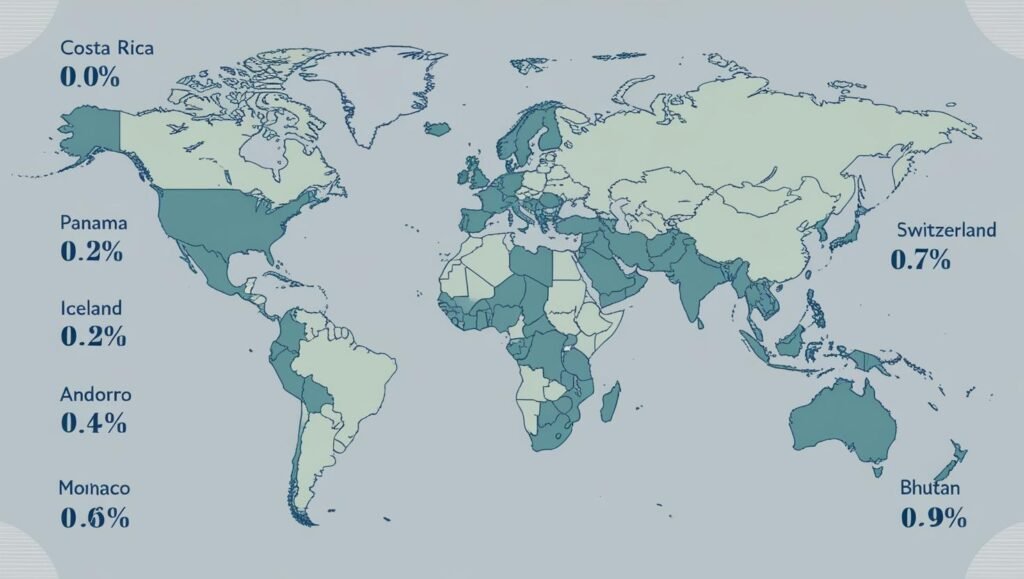May 2025
In a world that feels more connected than ever, some islands remain marvelously isolated, offering pristine environments, unique wildlife, and intriguing human stories. These remote islands are cut off from the hustle and bustle of modern life, preserving nature and cultures in remarkable ways.
What Makes an Island “Isolated”?
Isolation can mean geographic remoteness, limited access by sea or air, or minimal human presence. These islands often have challenging climates or terrains, making them some of the least visited places on Earth.
Top Most Isolated Islands You Should Know in 2025
- Tristan da Cunha (South Atlantic Ocean)
Known as the most remote inhabited island on Earth, Tristan da Cunha lies roughly 2,400 kilometers (1,500 miles) from the nearest continents, South America and Africa. Its small population of around 250 people live in a single settlement, embracing a slow-paced life with limited contact to the outside world.
📌 Key fact: The only way to reach Tristan da Cunha is by a week-long boat trip from South Africa, making it a truly off-the-grid destination.
- Bouvet Island (South Atlantic Ocean)
Often cited as the world’s most isolated island, Bouvet Island is a tiny, uninhabited volcanic island covered by glaciers. Located over 2,500 kilometers from the nearest landmass, it’s primarily visited by scientists studying its unique ecosystem.
📌 Key fact: Bouvet Island is a nature reserve with strict protections to preserve its fragile environment.
- Pitcairn Island (South Pacific Ocean)
Famous for its connection to the HMS Bounty mutineers, Pitcairn Island is home to fewer than 50 residents. Situated over 2,000 kilometers from Tahiti, it has limited transportation options, relying mostly on infrequent boat services.
📌 Key fact: Despite its isolation, Pitcairn is known for its vibrant community spirit and rich cultural heritage.
- Kerguelen Islands (Southern Indian Ocean)
Nicknamed the “Desolation Islands,” Kerguelen is an archipelago mostly inhabited by scientific researchers. It lies more than 3,300 kilometers from Madagascar and remains inaccessible for much of the year due to harsh weather.
📌 Key fact: Kerguelen’s environment hosts unique species adapted to extreme conditions.
Why Do These Islands Matter?
Isolated islands serve as natural laboratories for studying evolution, climate change, and conservation. Their ecosystems often contain endemic species found nowhere else. Moreover, the human inhabitants of some islands maintain unique cultures and traditions that have evolved over centuries of isolation.
What Challenges Do They Face?
Environmental threats: Climate change impacts sea levels and biodiversity.
Access and supplies: Limited transport options mean residents and scientists must prepare for months-long isolation.
Economic sustainability: Many rely on fishing, small-scale tourism, or scientific funding.
Final Thoughts
The world’s isolated islands remind us of Earth’s vastness and diversity. They challenge our ideas of connection and community, preserving glimpses of nature and humanity untouched by globalization.
✅ If you’re fascinated by remote travel or environmental science, these islands offer stories worth exploring.
Note: This article is based on publicly available information as of May 2025. For the most current updates, please refer to official government releases and international news outlets.



